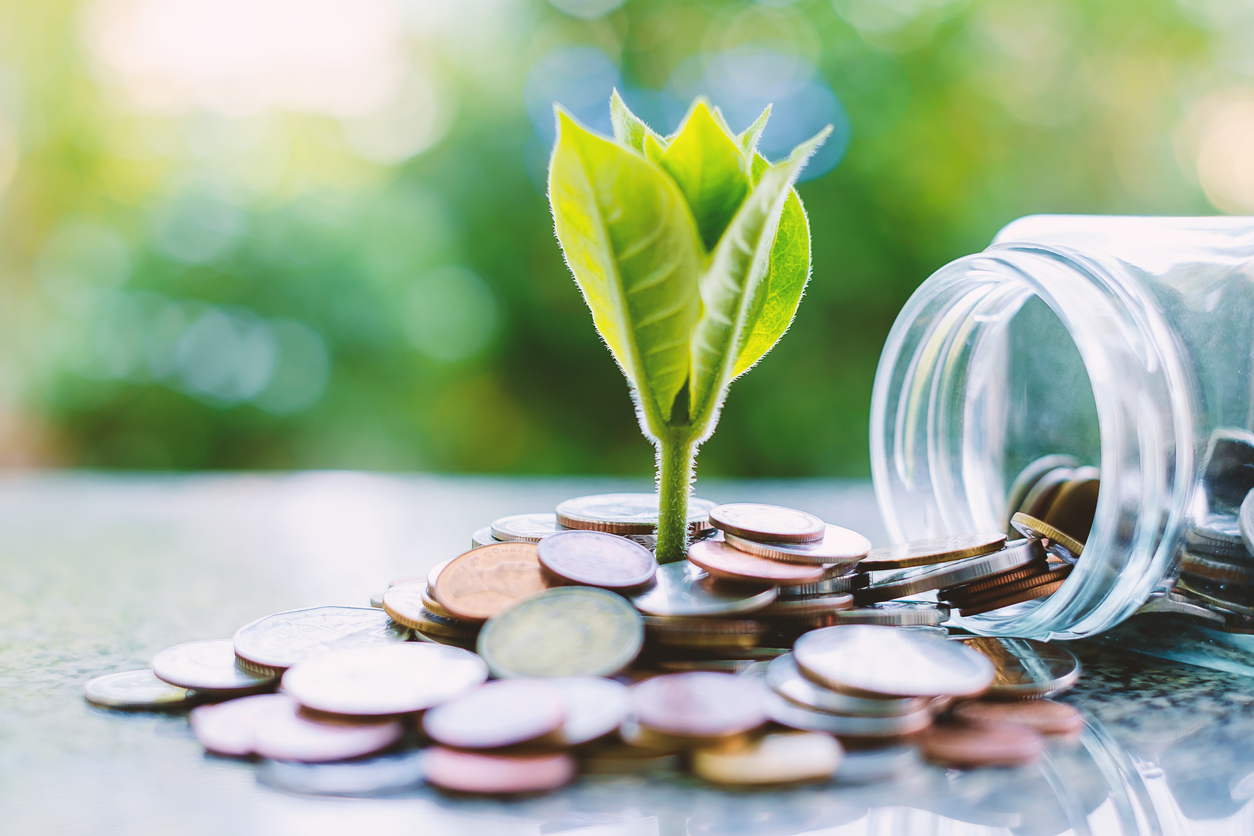
Active fund managers outshone passive equivalents during 2020. Here, we look at the pros and cons of active and passive investing and explain why a well-diversified investment portfolio should contain elements of both.
The reputation of the active fund management industry has taken a bit of a pasting in recent years, although active fund managers fought back strongly in 2020. According to research carried out by Quilter, active funds outperformed their respective markets in seven out of the ten major investment sectors, including the UK Smaller Companies and UK All Companies sectors, as well as the indices for Japan, Emerging Market Equities and Global Equities.
What are ‘active funds’?
As a quick reminder, ‘active fund management’ is when a fund manager, or a fund management team, is in control over the investment and takes responsibility for the performance of the portfolio overall. Active funds usually aim to outperform a benchmark such as the FTSE All Share Index and will build a portfolio comprising those companies it thinks are worth holding.
Active fund management is all about decision-making. We are talking about real human beings, making real-time investment assessments, and changing their portfolios accordingly. Active fund management, as the name suggests, is a full-time, 24-7 job. And it is expensive, with all those costs reflected in the charges that investors can expect to pay in management fees. Therefore, it comes as no surprise that active fund managers face heavy criticism when they fail to outperform their benchmarks. Because even with the best available fund managers, there is no guarantee that the fund itself will deliver a better return.
And what about ‘passive funds’?
As the name also suggests, a passive fund does not have a decision-maker at the helm. Instead, passive funds usually aim to match the performance of an index or a particular sector of the market. The most common types of passive funds are index trackers or exchange traded funds (ETFs). In the case of a FTSE All Share tracker, for example, the fund will hold shares in every single company listed in that index, and its performance will fall or rise in line with the entire market.
Because there are no fund manager salaries to pay, and no research or trading expenses, it means that passives are much cheaper to invest in over the long term. Furthermore, you are achieving the same level of performance as the index, which is great news when markets are in positive territory, but less welcome when markets are experiencing periods of heavy volatility.
Active managers responded well to coronavirus
That is precisely what happened in 2020. In the early weeks of the coronavirus pandemic, stock markets across the world fell dramatically, as the potential implications of extended lockdown started to be felt. But over the course of the year, it soon became clear that the pandemic would lead to some companies emerging as ‘winners’ and other less-fortunate companies would be ‘losers’. This resulted in a sharp recovery in equity markets, with tech companies doing particularly well.
Successful active managers were able to react to the stock market falls and move their portfolios away from owning those stocks less likely to do well during lockdown, and at the same time increase their investments in those companies capable of making big profits – in some instances buying them up at bargain prices. Passive funds, on the other hand, had no such opportunity. In a market sell-off, passive funds will simply follow the market lower, unable to get rid of those unfortunate ‘losers’ that are dragging overall returns down.
So, which is better?
Of course, one poor year doesn’t make passive funds a bad investment, just as one good year doesn’t necessarily mean you should only own active funds from now on. At FAS, we believe well-diversified investment portfolios should feature a blend of both active and passive funds. But it’s important to look for those funds that offer value for money.
For example, passive investments offer the potential for better returns when shares are generally moving together in the same direction. So, they can be used as a cost-effective way to gain broad investment exposure to particular markets, acting as essential long-term building blocks in a portfolio.
However, sometimes the stock-picking skills of an experienced and well-researched fund manager can give the fund a definite edge over its competitors – helping to generate valuable risk-adjusted returns. Plus, the ability for these fund managers to adapt to changing events and swiftly ‘change course’ can prove invaluable during periods of market turbulence. In these instances, additional returns achieved by the best fund managers can more than justify the fees they charge.
Conclusion
Low-cost investments might seem like a sensible choice, but good investments are usually worth paying that bit extra for. The good news is that you do not need to make a choice between active or passive funds, and we can help you to decide on the best way to capture the benefits of both within your portfolio.
If you think now might be a good time to review your investment holdings, and to take a more ‘blended’ approach, please get in touch with one of our advisers who’d be happy to discuss some investment options with you.
If you are interested in discussing your investment portfolio with one of our experienced financial planners at FAS, please get in touch here.
This content is for information purposes only. It does not constitute investment advice or financial advice.













